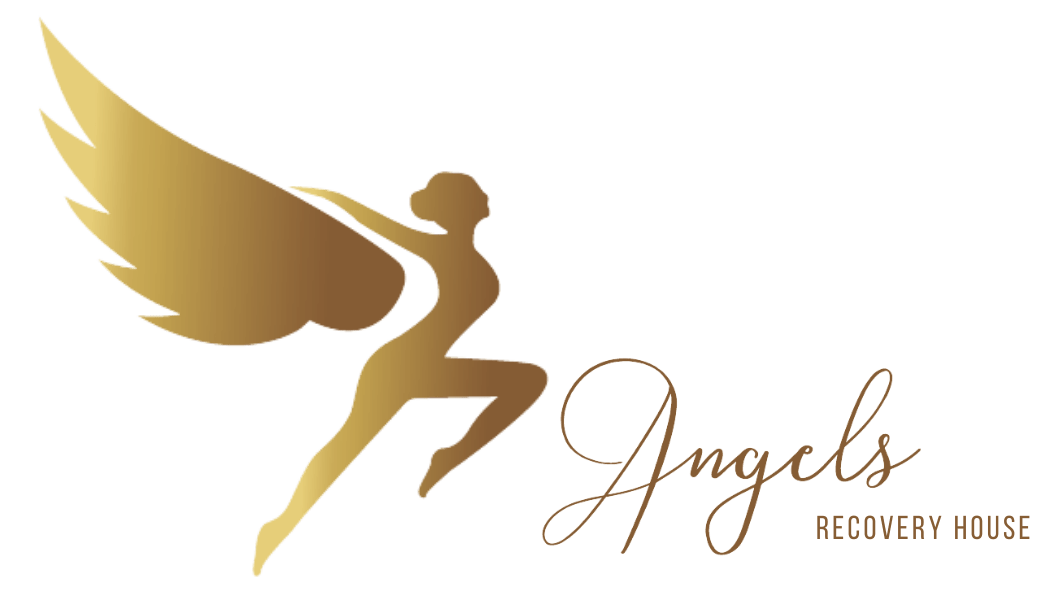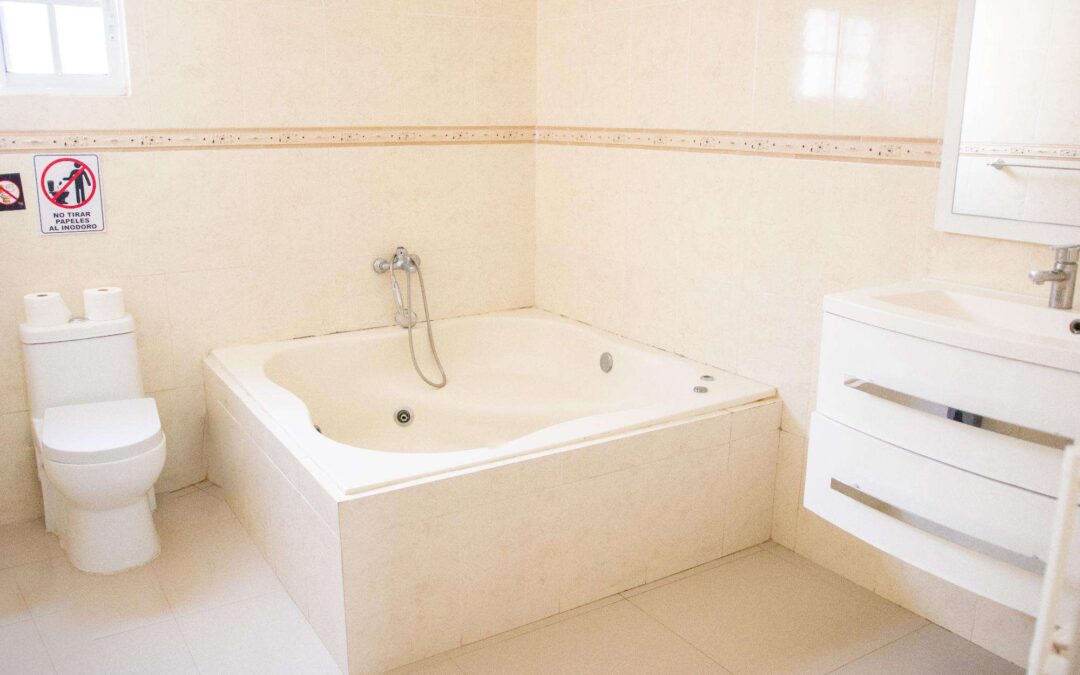Are you planning to undergo a surgical procedure? Congratulations on taking the first step towards a healthier and happier you! At Angel Recovery House, he Ultimate Guide to a Smooth and Comfortable Recovery Journey the 1st reason, we understand that the road to recovery can be challenging, but we are here to support you every step of the way. In this guide, we will walk you through everything you need to know to ensure a smooth and comfortable recovery journey.
Table of Contents

The Ultimate Guide to a Smooth, Comfortable Recovery After Surgery
This comprehensive guide covers all aspects of recovering comfortably after surgery. Follow our tips to manage pain properly, avoid complications, maintain a positive attitude, transition smoothly back to normal life and more. We’ll provide actionable advice to help make your recovery journey as smooth as possible.
Preparing Your Mind and Managing Expectations.
Mental preparation is just as important as physical preparation for surgery recovery. Here’s how to get your mindset right:
- Set realistic expectations about discomfort and timeframes for seeing results. Having achievable goals helps you stay motivated.
- Practice relaxation techniques like deep breathing, visualization and meditation to stay calm pre and post-op.
- Communicate your fears and concerns with loved ones—their support is invaluable.
- Stick to prescribed pain medication routines, therapy exercises and doctor’s orders to stay on track.
Preparing Your Home for Maximum Comfort.
Adapt your home so it’s optimized for rest, safety and convenience during recovery:
- Clear pathways, install ramps, get mobility aids if needed to make moving around easier.
- Stock up on supplies like gauze, towels, disinfectant, thermometer and medications.
- Meal prep healthy, soft foods or arrange for grocery/meal delivery.
- Schedule help from family or friends for tasks like cleaning, errands and transportation.
Effectively Managing Pain and Discomfort.
Don’t let pain derail your recovery. Use these proven tips to minimize discomfort:
- Take medications only as prescribed to balance pain relief with safety.
- Try complementary therapies like ice/heat packs, massage, acupuncture to reduce inflammation and stiffness.
- Change positions regularly and rest with pillows for optimal support and blood flow.
- Distract yourself with light activity like reading, puzzles or listening to music.
Caring for Your Incision Properly.
Improper incision care leads to complications. Be diligent about:
- Cleaning the area gently with mild soap, patting dry and applying topical ointments per directions.
- Watching for signs of infection like oozing, redness and fever—report these immediately.
- Avoiding soaking the incision until healing is complete and approved by your doctor.
- Wearing compression garments if prescribed to minimize swelling.
Preventing Common Complications.
With some precautions, you can avoid complications that hamper recovery:
- Drink plenty of water, juices, teas and eat fiber to prevent opioid-induced constipation.
- Take short walks and stretch periodically to stimulate circulation and prevent blood clots.
- Try sleep aids, limiting naps and relaxation techniques to address insomnia.
- Perform prescribed exercises consistently to regain strength and mobility and avoid stiffness.

Eating Right to Fuel Healing.
Nutrition significantly impacts your recovery. Prioritize:
- High protein foods like yogurt, eggs, beans and fish to repair tissue.
- Anti-inflammatory fruits and vegetables rich in Vitamin C and antioxidants.
- Hydrating liquids like electrolyte drinks, herbal tea, broths and smoothies.
- Whole grains and high fiber foods to prevent constipation.
- Avoid heavy, greasy and spicy foods that are hard to digest.
Staying Active to Regain Function.
Restricting movement too much slows recovery. Include:
- Short, gentle walks around the house or block to stimulate circulation. Increase distance gradually.
- Stretching and light range of motion exercises to prevent stiffness and blood clots.
- Low-impact stationary cardio like biking, swimming or the elliptical once approved.
- Yoga, Pilates and light resistance training after 4-6 weeks to rebuild strength.
Maintaining a Positive Attitude and Outlook.
Your mindset influences your physical healing. Here’s how to stay upbeat:
- Visualize your goals and the benefits to come—this gives discomfort purpose.
- Join online or in-person support groups to connect with fellow recoverers.
- Celebrate milestones like improved mobility and reaching new recovery phases.
- Keep perspective—this is temporary. Focus on positive progress.
Transitioning Back to Your Routine.
Ease back into activities gradually so you don’t overdo it. Take it slow by:
- Listening to your body for signs of overexertion like pain or fatigue.
- Clearing exercise and sexual activity with your doctor.
- Prioritizing rest when needed. Recovery is not linear.
- Slowly resuming responsibilities like work and childcare duties.
With diligence, patience and proactive self-care, your recovery can be a time of reflection, growth and gratitude for improved health rather than a difficult struggle. Use these tips to take control and be kind to your body. Thriving through recovery will empower you to fully enjoy your beautiful results for years to come!
Embark on your recovery journey with confidence and peace of mind, knowing that Angel Recovery House is here to ensure your well-being and success. Contact us today to learn more about our services and experience the exceptional care and comfort that sets us apart. Your smooth and comfortable recovery starts here at Angel Recovery House.

